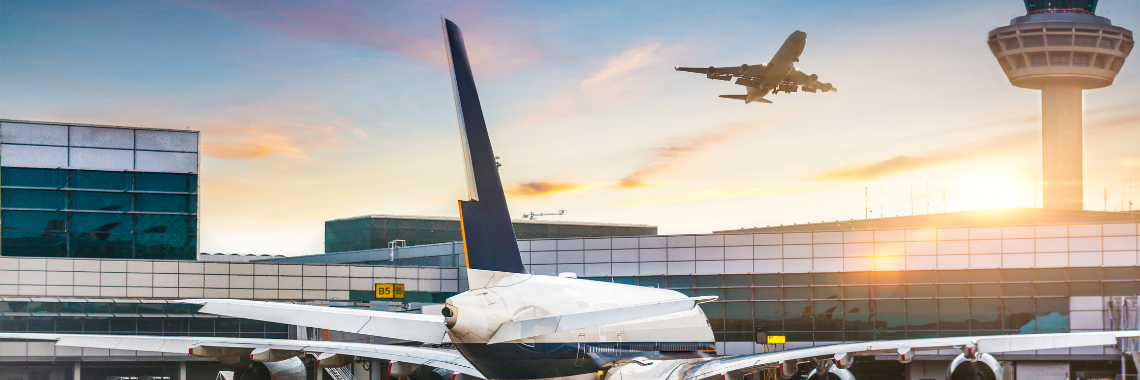
CORSIA is Coming: How Airports Should Get Prepared to Meet CORSIA Targets?
By Jean Luc Devisscher 4th February, 2021
In October 2016, the member states of the International Civil Aviation Organization (ICAO) made the historic decision to adopt a global market-based measure for aviation emissions. This scheme, the Carbon Offsetting and Reduction Scheme for International Aviation – more commonly known as CORSIA – is the result of many years of work at ICAO and the UN along with the support of the industry.
CORSIA is a global offsetting scheme, whereby airlines and other aircraft operators will offset any growth in CO2 emissions above 2020 levels. In the meantime, the consensus goes to look only at 2019 since the 2020 aviation situation is incomparable to what the industry has ever seen before. This means that aviation’s net CO2 emissions will be stabilized to a mandatory level by 2027. A lot still has to be done including the adoption of other emission reduction measures, such as sustainable aviation and operations.
During the mandatory stage, CORSIA will cover all international flights (including those travelling to or from states that had not volunteered for the early phases). There will, however, be some small exceptions, especially for developing countries or countries that have very little international travel.
It is anticipated that CORSIA will mitigate around 2.5 billion tonnes of CO2 between 2021 and 2035, which is an annual average of 164 million tonnes of CO2.
To make sure that CORSIA is successful, governments, industry bodies and all key players in aviation need to make substantial changes to their business. This does not only mean more fuel efficient airplanes and a rethinking of the en route system – even though this will create the biggest impact – but also the need to see how other stakeholders can contribute to this offset.
Here, the airports, with their key stakeholders (e.g. airlines, ground handlers and ATC), come into play as efficiency gains are not only made en route system but also on the ground as millions of tonnes of CO2 emissions are still wasted by inefficient airport operations every year, mostly due to unnecessary activities or uncoordinated efforts when planes arrive and are prepared for departure. Revisiting how all of these losses can be avoided requires a seamless airport operations process. This means a coordinated process of all activities and stakeholder management that works on minimizing the loss of information and the lack of transparency in some operations as is the case now. The lack of transparency is often due to the fact that several stakeholders are competitors of each other e.g. baggage handling, catering etc. and, as in so many cases, they do not like to share data with each other. This is where airport management comes in and where they need to make sure that all stakeholders work together to define a collaboration mechanism.
The advanced collaborative decision making (A-CDM) solution is the concept defined by EUROCONTROL where all stakeholders closely align their processes & data to create a unique view on airport operations, to agree on how this data will be made available and what they want to achieve by using this data. Once the A-CDM concept has been defined, it is then time to make all processes visual and understand the overall impact of all efforts. This is where the A-CDM platform comes in, creating real-time views on efficiency gains, taxi time reductions and overall shorter turnaround times. A-CDM is all about measurability: the substantial turnaround time gains, how well airports have been able to make sure all ground handlers are at the right gate when the plane comes in, etc.
When looking to implement CORSIA, all elements need to be considered and this is where the importance of A-CDM comes in: understanding what needs to be done to decrease CO2 emissions on the ground through seamless airport operations made visible for all internal and external stakeholders. This way, airports can really prove how they tackle the continued fight to reduce their impact on all levels.
Want to understand how to best get started with real A-CDM and what the benefits are for your airport? Get in touch with EMMA, ask for our brochure or a demo. Start by discovering us on this website!